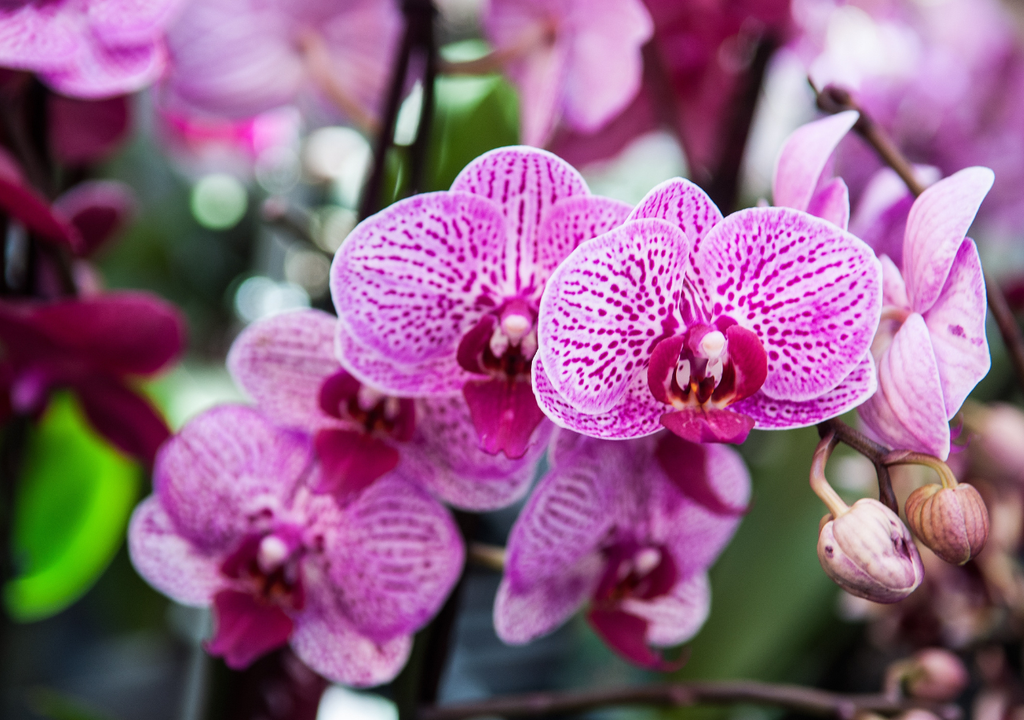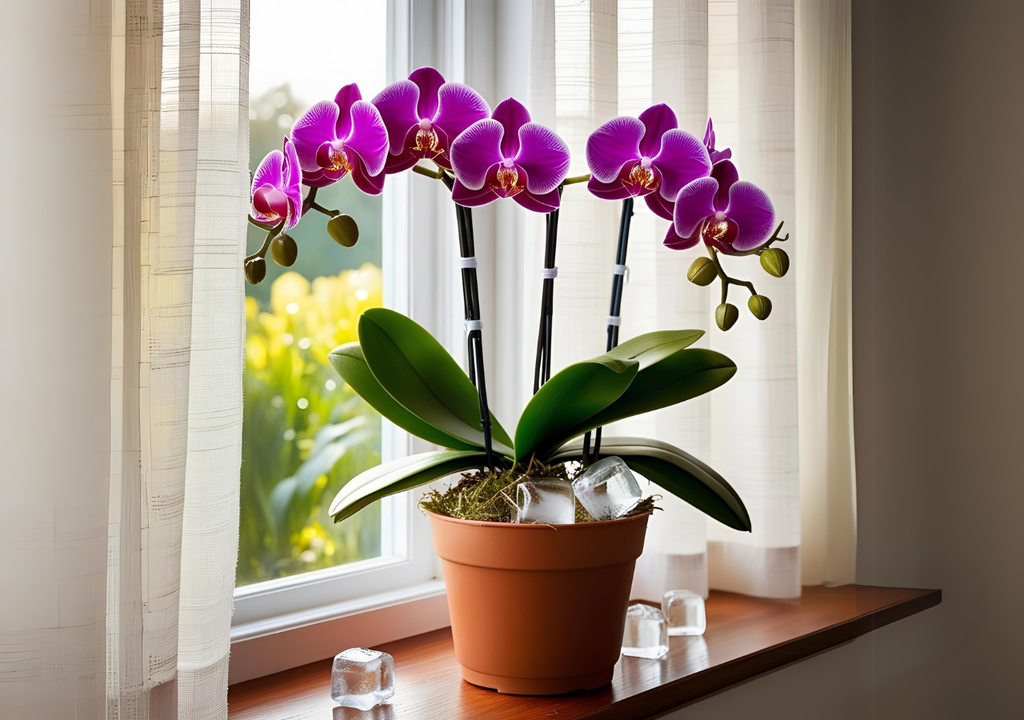Discover the best techniques for watering your orchids to ensure they bloom beautifully every season
Caring for orchids may seem tricky at first, but once you understand their basic needs - like the right balance of light, humidity, and watering - they can thrive and bloom for years. With consistent attention and proper techniques, these tropical plants add lasting elegance and natural beauty to any indoor space.

Orchids are exotic and elegant plants that stand out for their unique shapes and vibrant colours. With more than 28,000 species worldwide, their diversity and beauty have made them a favourite among gardeners and botanical lovers.
However, their care requires attention, especially when it comes to watering. Overwatering or insufficient hydration can put their health at risk. In this article, we'll explore the best techniques for watering your orchids properly and keeping them healthy and flourishing.
The importance of proper watering
Orchids, native to tropical regions, are adapted to specific light and humidity conditions. Therefore, it is essential to understand their natural environment and reproduce these conditions in your home.
Improper watering can seriously compromise its development, causing root rot or dehydration. Therefore, here are some effective watering techniques.
1. Weekly soaking technique
One of the most recommended methods is to submerge the orchid pot in room temperature water for a few minutes once a week. This process allows the roots to absorb enough water without becoming saturated.
Also look for some signs: green roots indicate that the orchid is well hydrated, while brown (soft) or grey (dry) roots can indicate overwatering or underwatering.
2. Water with ice cubes
This method, endorsed by Ohio State University, consists of placing three ice cubes on the plant's substrate once a week. As the ice melts, it gradually releases water, avoiding overwatering.

Although it might seem that the cold from ice could damage orchids, studies show that moderate use doesn’t harm them. Just be sure not to place ice cubes directly on the roots or leaves to avoid tissue damage.
3. Maintaining humidity with gravel trays
Orchids thrive in humid environments. In dry climates, you can place the pot on a tray of gravel and water to maintain humidity without the need for constant watering.

You can also use a spray bottle to lightly mist the leaves and aerial roots daily, especially if the air in your home is very dry.
Common mistakes when watering orchids
Avoiding watering mistakes is key to ensuring the health of your plant. Some of the most common
- Overwatering: Never allow orchids to remain in water for long periods. Make sure the pot has good drainage and let the soil dry out between waterings.
- Nighttime watering: Always water in the morning, as stagnant water overnight encourages the growth of bacteria and fungi, increasing the risk of root rot.
Also, be sure to adjust your watering according to the season. In summer, the heat accelerates water evaporation, so it's recommended to water every three days. In winter, plant growth slows, so watering should be reduced to once every two or three weeks.
Rainwater is a good option for watering orchids, but it's important to avoid distilled or salt-softened water, as it can harm their health. In most cases, tap water is sufficient.
References
-Homes&Gardens. Cómo regar las orquídeas correctamente: además de 2 errores de riego comunes que siempre debes evitar.








